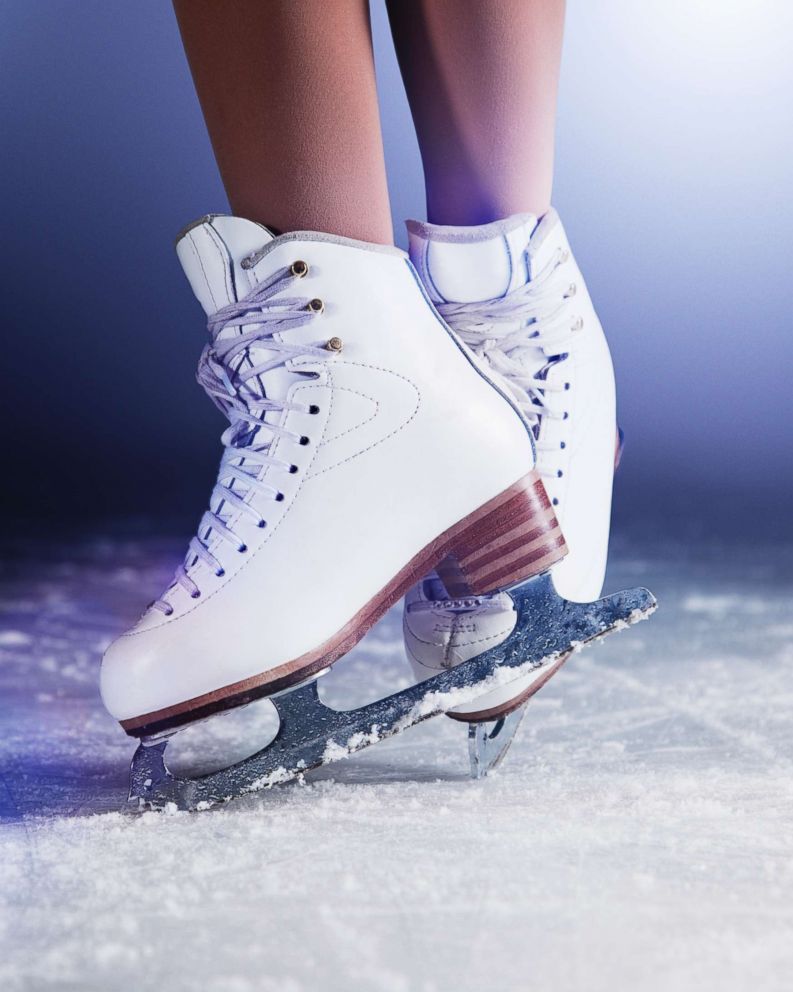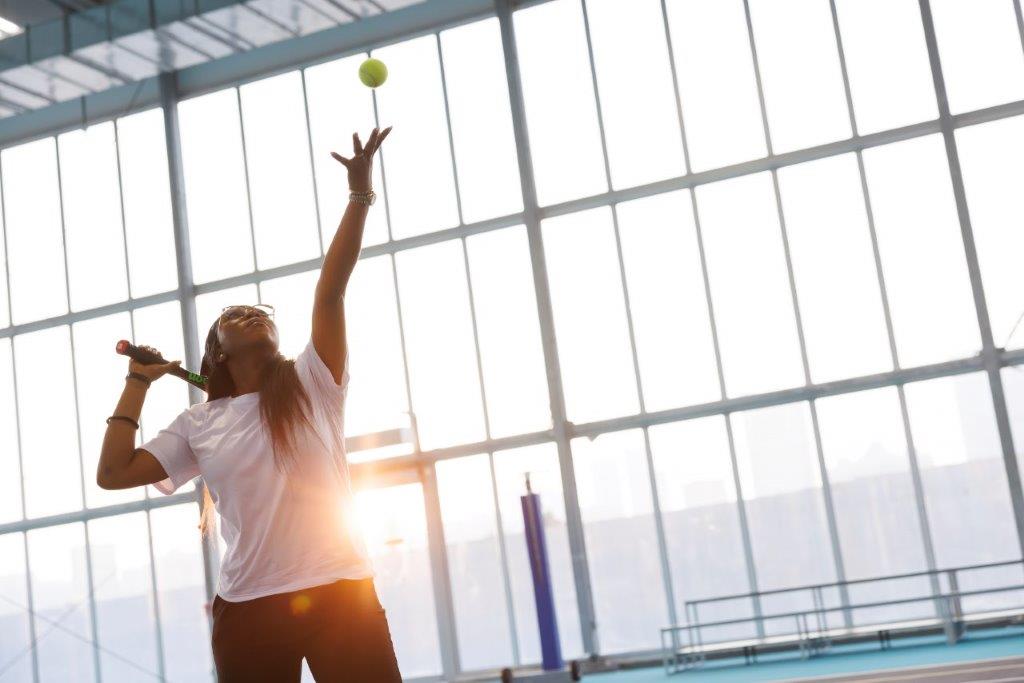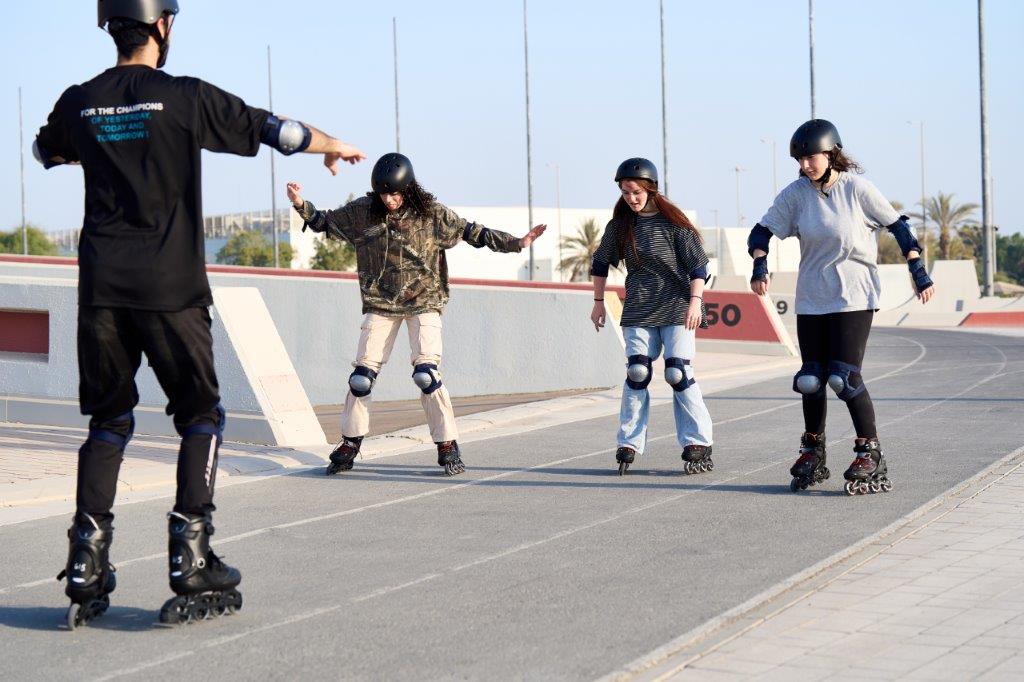The Parts Figure Skating Blades That You Probably Don't Know

An ice skate seems like a simple thing, but as any of the best figure skating coaches will tell you, there is a lot more than many people understand when it comes to the blade. They come in a range of styles and price ranges, with special advantages of their own. Here are a few things to know as you get started in ice skating lessons.
Ice skating blades are long, thin strips of steel that are shaped like upside-down U’s. This shape lets skaters push and glide, a technique called stroking in figure skating, and results in more power, speed, balance and control than a flat blade would. The side of the blade is either inside edge (toward your midline) or outside edge (toward the ice rink boards).
The gap in between that doesn’t contact the ice is called the hollow. A deeper hollow grips the ice better, but a shallow hollow provides better flow and shifting.
Ice hockey, figure skating, and speed skating, the three most popular ice sports, all use different skates for different purposes. A figure skater will use a blade made up of three distinct parts.
Toe Pick
This part of the skate is under your toe and it functions like a little ice pick that grabs onto the rink. It is very useful for figure skating jumps. Toe picks can feature a straight cut that lets you dig into the ice quickly and is less likely to slip, or a cross cut design, which is less likely to accidentally drag on or nick the ice. The size of the toe pick varies based on skill level too. Beginners typically prefer a straight cut.
Radius
From the ball of your foot to behind your heel is the radius, also called the rocker. This is a measure of the part of the figure skate that touches the ice when standing upright. Skates are similarly shaped to a rocking horse base, curved in an arc. The radius is usually 7 feet or 8 feet, but this measurement corresponds to the circle it would form, not the actual length of the blade. Most skaters use short radius blades because the bigger curve helps with agility and deep edges. By contrast, longer radius blades are often used by advanced skaters who need greater speed and edge control. The radius is critical for stroking and gliding.
Spin Rocker
Between the toe pick and radius, about under the ball of your foot, is the section of the blade that is ideal for spins. This has a smaller radius than the rocker and the curve is made of 3 parts instead of a being smooth arc. In this part of the skate you’ll find the sweet spot, a place where you can balance and can move with the least amount of friction. Most jumping and spinning involves this part of the blade.
When you are selecting a blade, your figure skating coach will be of great help. He or she will take into account some other factors too.
- Most edges are parallel, but other options include parabolic (hourglass shape), side honed, and tapered shapes.
- Ice dance and synchronized figure skaters usually require shorter blades than singles or pairs skaters. Shorter blades are less likely to bump their partner during the routing.
- Blades are made of steel, but they have different quality based on manufacturing and treatment.
- Stanchion height measures the actual vertical height of your blade when from the ice to the boot. The lower you are to the ground, the more balance you get.
Your ice skating coach, like the professionals at Zayed Sports Academy, will be able to advise you on what skate is best for your style and skill.
Recent Posts

ADEC and PRO Events sign MoU to explore events, e-gaming and sport opportunities in Abu Dhabi and Al Ain

Facility Highlight: ACTIVE Al Maryah Island

MWTC is Here and We're Excited

New Sports Venue at ACTIVE Al Maryah Island Includes F45, Ladies-Only Sports

